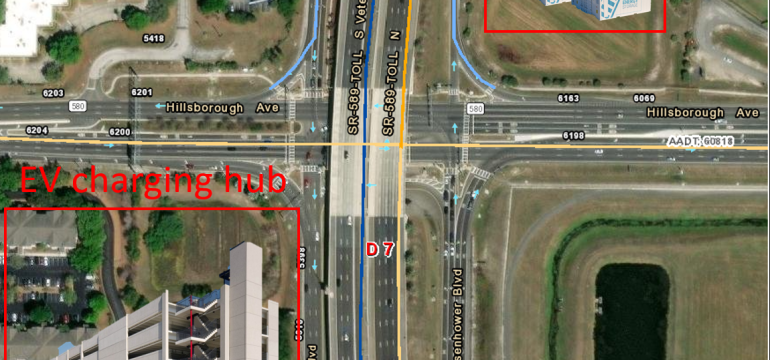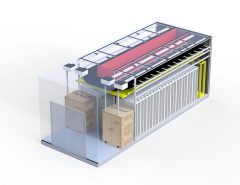Authors: Diwas Paudel, Luke Wolf, Tapas K. Das
Published on: April 24, 2024
Impact Score: 7.8
Arxiv code: Arxiv:2404.16113
Summary
- What is new: Introduction of a novel usage of stand-alone battery storage systems (BSS) in conjunction with electric vehicle (EV) hubs, using a bi-objective optimization model for reduced operating costs and increased profitability through electricity market participation.
- Why this is important: The rise in electric vehicle adoption calls for larger-scale fast-charging hubs, which increases the demand on power infrastructure.
- What the research proposes: The proposed solution involves a joint operation model where EV hubs can use part of a stand-alone BSS’s capacity for energy arbitrage, optimizing both entities’ benefits through a Nash bargaining problem formulation.
- Results: The numerical case study demonstrates that both the EV hub and the BSS can significantly benefit from this joint operation, achieving reduced operating costs and increased profitability.
Technical Details
Technological frameworks used: Bi-objective optimization model, second-order cone Nash bargaining problem
Models used: nan
Data used: Actual prices of electricity, simulated data for the reserve market and EV charging demand
Potential Impact
Electric vehicle charging infrastructure providers, battery storage operators, and energy market participants could all experience shifts in their operating models and profitability structures.
Want to implement this idea in a business?
We have generated a startup concept here: ChargeGrid Solutions.




Leave a Reply